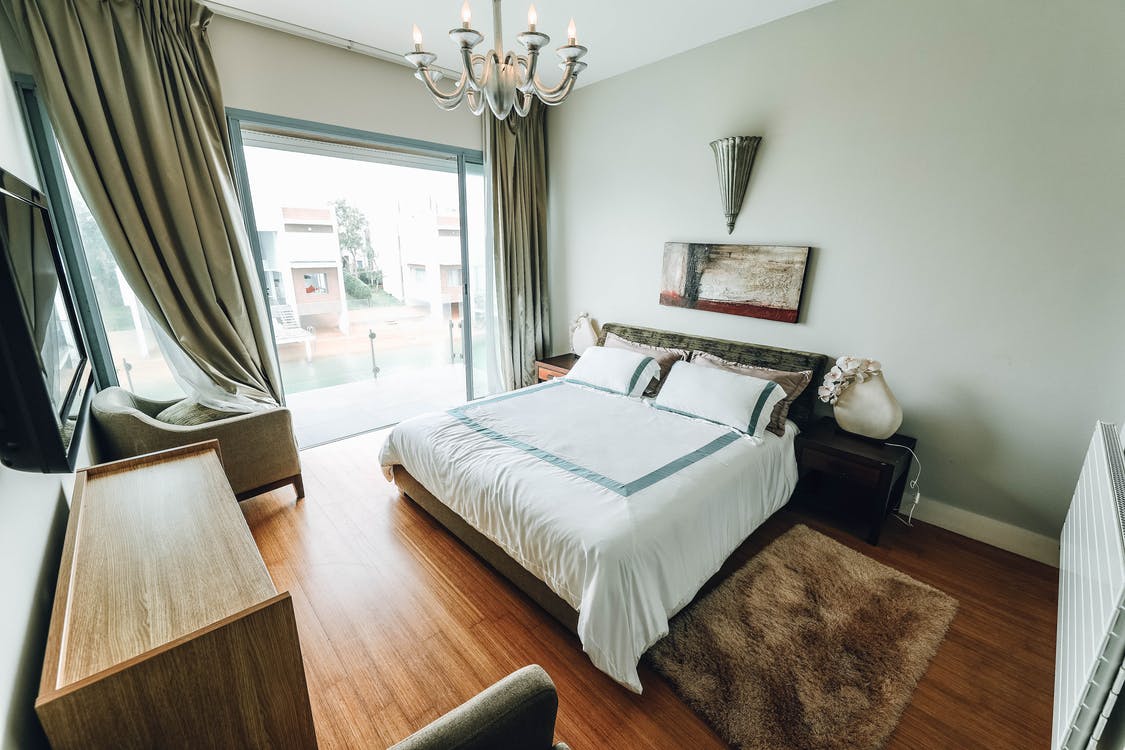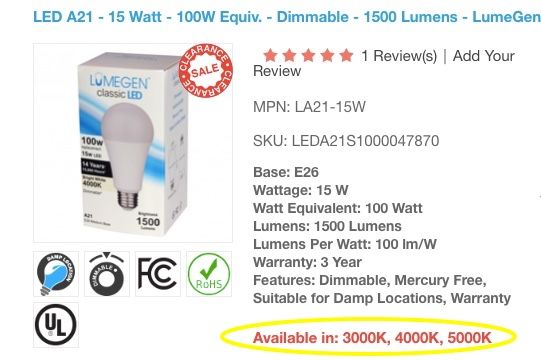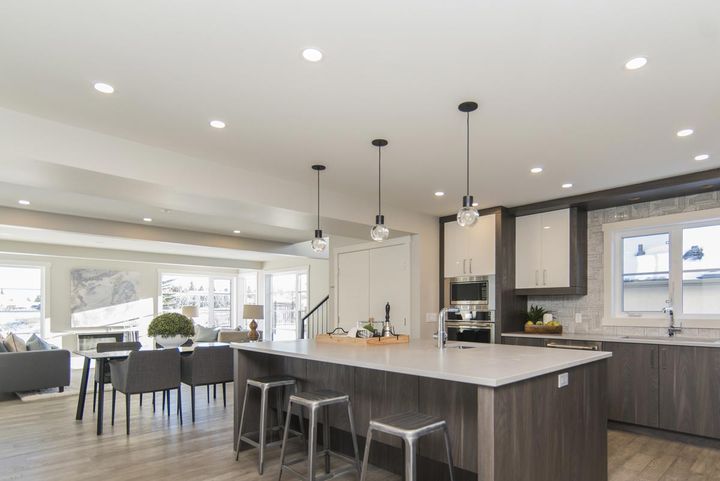Using Color Temperature LED Lighting to Improve Your Sleep
The light sources you use in your home may be affecting your body’s ability to get deep, restful sleep. Learn how to take advantage of your LED lighting to improve sleep and feel more energized in your day-to-day life.

The light sources you use in your home may be affecting your body’s ability to get deep, restful sleep. Learn how to take advantage of your LED lighting to improve sleep and feel more energized in your day-to-day life.
Light is emitted at different wavelengths and frequencies, correlating to colors on a spectrum. Red lights have a longer wavelength and a lower frequency than blue light. Because of this, red light appears dimmer and warmer. On the contrary, blue light appears brighter and cooler due to its higher frequency.
Different wavelengths and frequencies of light have different effects on the body. Brighter, cooler lights may negatively affect melatonin production, the sleep hormone that is naturally produced by the pineal gland. Additionally, cooler light can disrupt the body’s sleep-wake cycle, also known as the circadian rhythm.

If you think about it, before electricity was invented (thank you, Benjamin Franklin), people would be awake when the sun was up and resting when the sun was down. Their bodies functioned on a clear schedule. With the advent of electricity, technology, and near constant light stimulation, our bodies can sometimes get confused. (Avoid looking at your cell phone and TV before bed!)
The color temperature of an LED light can be measured on the Kelvin (K) scale. Dimmer, warmer lights are lower in kelvin. Whiter, brighter, and bluer lights are higher in kelvin. Select LED bulbs are available in a range of 3,000 to 5,000 kelvin — getting brighter and cooler as the value increases. View the yellow circle in the LED bulb listing shown below to know where to look for color temperature.

Now let’s get back to red vs. blue. Since its cooler in color, blue light is higher in kelvin. This is a good thing for certain scenarios, like daytime lighting or task lighting. Think: an office space where you want high levels of productivity and awareness.
On the other hand, red light appears dimmer and warmer. It is lower in kelvin and more beneficial for areas of rest and relaxation. Think: your bedroom where you wind down before bedtime.
Check out our variety of LED lights and bulbs, and take notice of which options are available in different color temperatures. We offer a variety of fixtures, from recessed lights to flat panels to wall sconces and everything in between. This allows you to strategize your home lighting, optimize the function of each room, and choose an elegant fixture that fits each space!
Want cozy bedroom lighting that won’t disturb your sleep cycle? Go with a softer, warmer light that’s lower in kelvin, and you'll be sleeping like a baby in no time.

More information on the effects of blue light can be found in this Harvard Health Letter.
I know, I know - now you’re super interested in the science behind light frequencies and wavelengths! Takes me back to undergrad physics classes. Dive into the history and physics of light (in way more detail) here. Don’t be ashamed to let the nerd out.
New to LED lighting? Visit our helpful resources to learn more:
Learning Center - A convenient hub of tips, blogs, and history regarding all things lighting!
Lighting Terminology - A glossary of common terms to turn any beginner into a LED light pro!
LED Informative Videos - Brief informative videos on LED light topics
Have questions or concerns? Contact us toll free at 1-877-734-2458.



